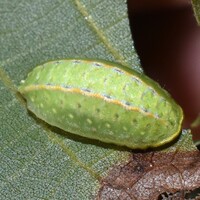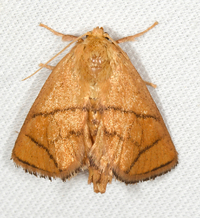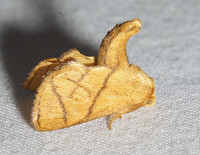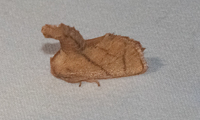
| Recorded by: Emily Stanley on 2025-07-27
Buncombe Co.
Comment: | 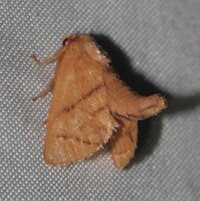
| Recorded by: David George, Dale Morgan, Patrick Coin, Julie Tuttle, Becky Watkins, et al. on 2025-07-26
Orange Co.
Comment: |
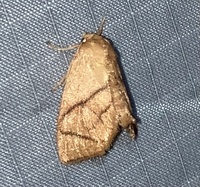
| Recorded by: Ken Kneidel on 2025-07-24
Mecklenburg Co.
Comment: | 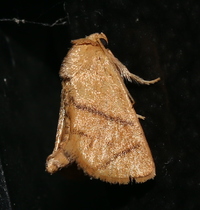
| Recorded by: David George, Jeff Niznik on 2025-07-20
Moore Co.
Comment: |
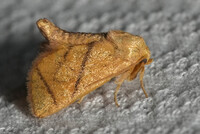
| Recorded by: Chuck Smith on 2025-05-16
Davidson Co.
Comment: | 
| Recorded by: Mark Basinger on 2025-05-16
Wilson Co.
Comment: |
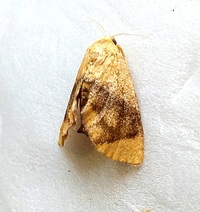
| Recorded by: Mark Basinger on 2025-05-16
Wilson Co.
Comment: | 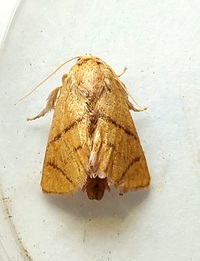
| Recorded by: Mark Basinger on 2025-05-03
Brunswick Co.
Comment: |

| Recorded by: David George, Jeff Niznik on 2024-08-06
Transylvania Co.
Comment: | 
| Recorded by: David George, Jeff Niznik on 2024-08-06
Transylvania Co.
Comment: |

| Recorded by: Owen McConnell on 2024-08-05
Graham Co.
Comment: | 
| Recorded by: David George, Jeff Niznik, Patrick Coin, Steve Hall, Carol Tingley, Tom Howard on 2024-07-27
Chatham Co.
Comment: |

| Recorded by: David George, Jeff Niznik, Patrick Coin, Steve Hall, Carol Tingley, Tom Howard on 2024-07-27
Chatham Co.
Comment: | 
| Recorded by: Mark Basinger on 2024-07-27
Rowan Co.
Comment: |

| Recorded by: Mark Basinger on 2024-07-26
Rowan Co.
Comment: | 
| Recorded by: Mark Basinger on 2024-07-26
Rowan Co.
Comment: |
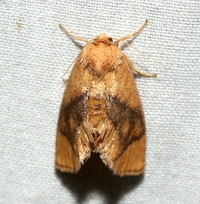
| Recorded by: David George on 2024-07-15
Chatham Co.
Comment: | 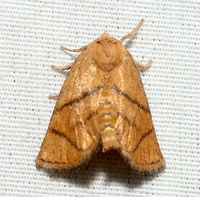
| Recorded by: David George on 2024-07-15
Chatham Co.
Comment: |

| Recorded by: John Petranka on 2024-07-10
Watauga Co.
Comment: | 
| Recorded by: David George, Jeff Niznik on 2024-07-08
Chatham Co.
Comment: |

| Recorded by: David George, Jeff Niznik, Stephen Dunn on 2024-06-29
Chatham Co.
Comment: | 
| Recorded by: Dean Furbish, Lior S. Carlson on 2024-06-17
Lincoln Co.
Comment: |
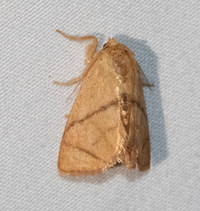
| Recorded by: Emily Stanley on 2024-06-15
Buncombe Co.
Comment: | 
| Recorded by: Jim Petranka on 2024-06-14
Madison Co.
Comment: |
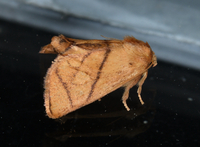
| Recorded by: Jim Petranka on 2024-05-24
Madison Co.
Comment: | 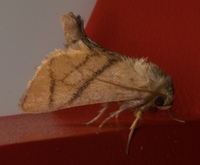
| Recorded by: Stephen Dunn on 2024-05-20
Orange Co.
Comment: |
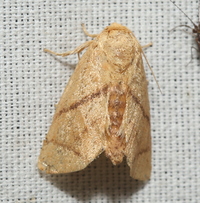
| Recorded by: David George, Rich Teper on 2024-05-13
Chatham Co.
Comment: | 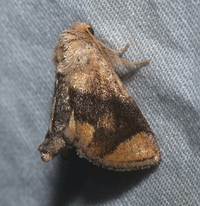
| Recorded by: David George, Rich Teper on 2024-05-13
Chatham Co.
Comment: |
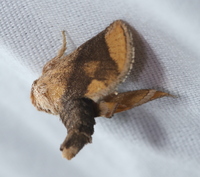
| Recorded by: David George, Rich Teper on 2024-05-13
Chatham Co.
Comment: | 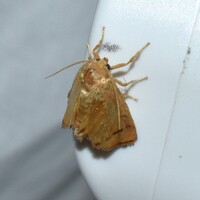
| Recorded by: David George, Stephen Dunn, Jeff Niznik on 2024-04-29
Chatham Co.
Comment: |
|

 »
»